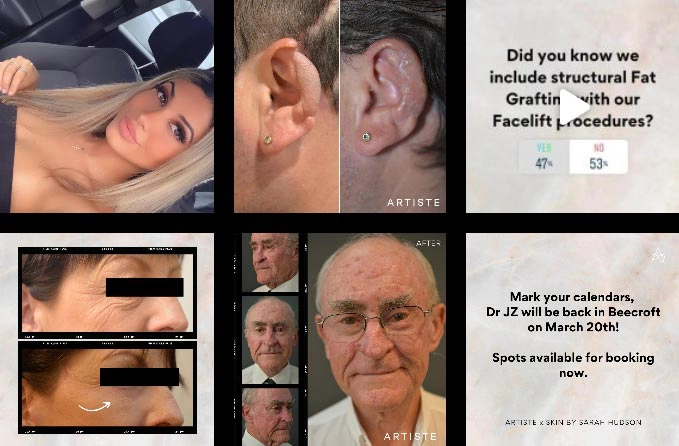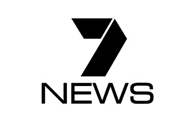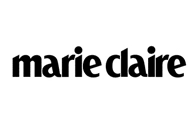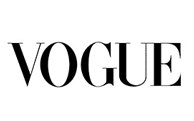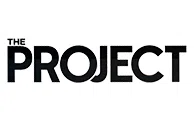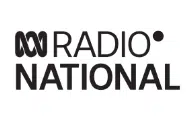5 Different Facelift Options You Didn’t Know Existed
Model featured in photography
When considering cosmetic surgery, many are familiar with traditional facelifts. However, several lesser-known procedures offer unique potential benefits tailored to individual needs. Here’s an overview of some facelift options you might not have encountered:
1. High SMAS Facelift
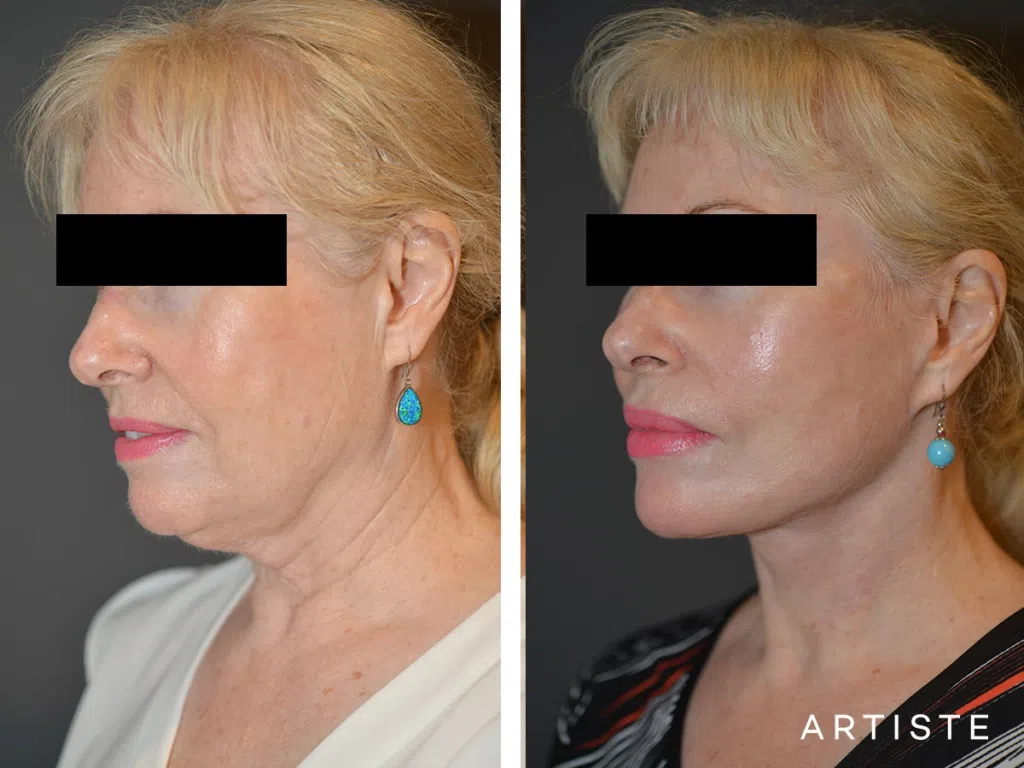
Disclaimer: Results vary and are illustrated as a guide only.
Overview
A High SMAS Superficial Musculoaponeurotic System) facelift is an advanced facelift technique that lifts the deep facial layer (SMAS) higher than traditional facelifts, repositioning the cheeks, mid-face, and jowls. Unlike traditional SMAS facelifts, which lift below the cheekbone, the High SMAS method extends up to the orbital rim and includes the entire neck.
Pros:
- May provide longer-lasting results, up to 10 years or more
- Targets the midface and lower eyelid area
- Allows for greater customisation, as the skin and muscle are lifted separately.
Cons:
- Does not reposition the deeper facial structures as a single unit, which can sometimes result in less dramatic improvements
- Results may be more skin-dependent, potentially increasing the risk of skin laxity over time
2. Deep Plane Facelift
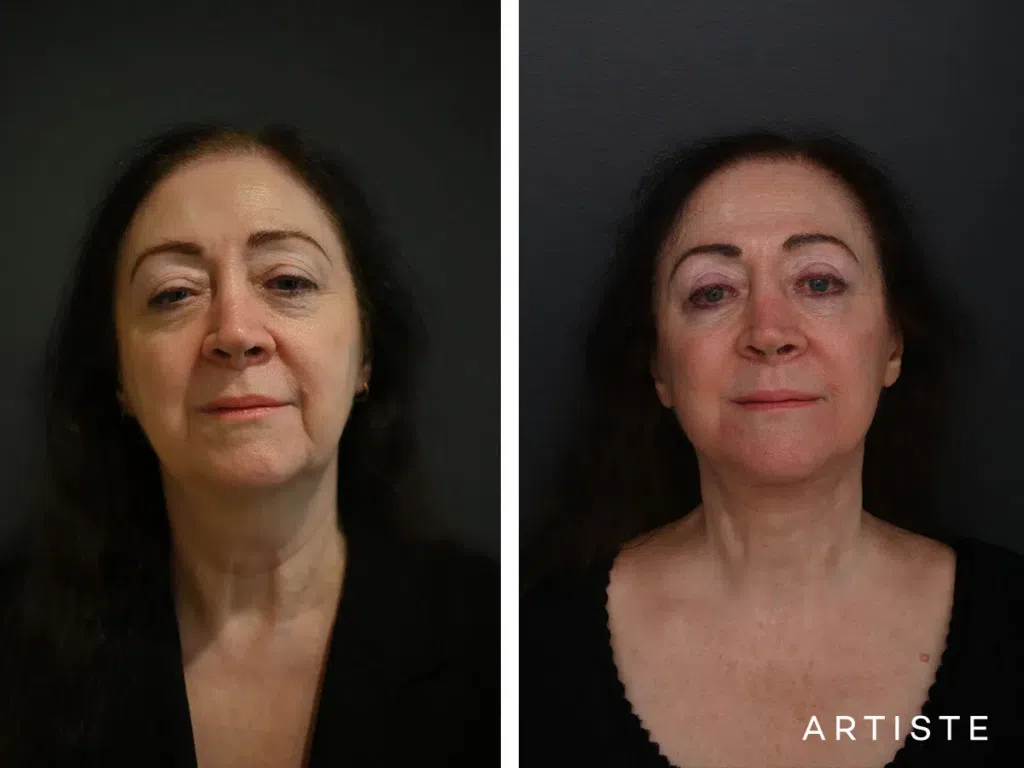
Disclaimer: Results vary and are illustrated as a guide only.
The Deep Plane facelift goes a step beyond the High SMAS technique by lifting and repositioning the deeper facial muscles and ligaments rather than just the skin. This results in a more dramatic but may provide a more natural-looking alteration, particularly for those with severe loose skin.
Pros:
- Provides a comprehensive and natural-looking lift, especially in the midface and lower face
- Reduces tension on the skin, resulting in longer-lasting results and a natural appearance
- Effectively repositions deeper structures, creating volume
Cons:
- Requires extensive surgical expertise, making it a more expensive option
- Longer recovery time (up to 4–6 weeks)
- Higher risk of nerve damage if not performed by an experienced surgeon
For more expert insights about High SMAS vs Deep Plane Facelift you may watch this video:
3. Short Scar Facelift
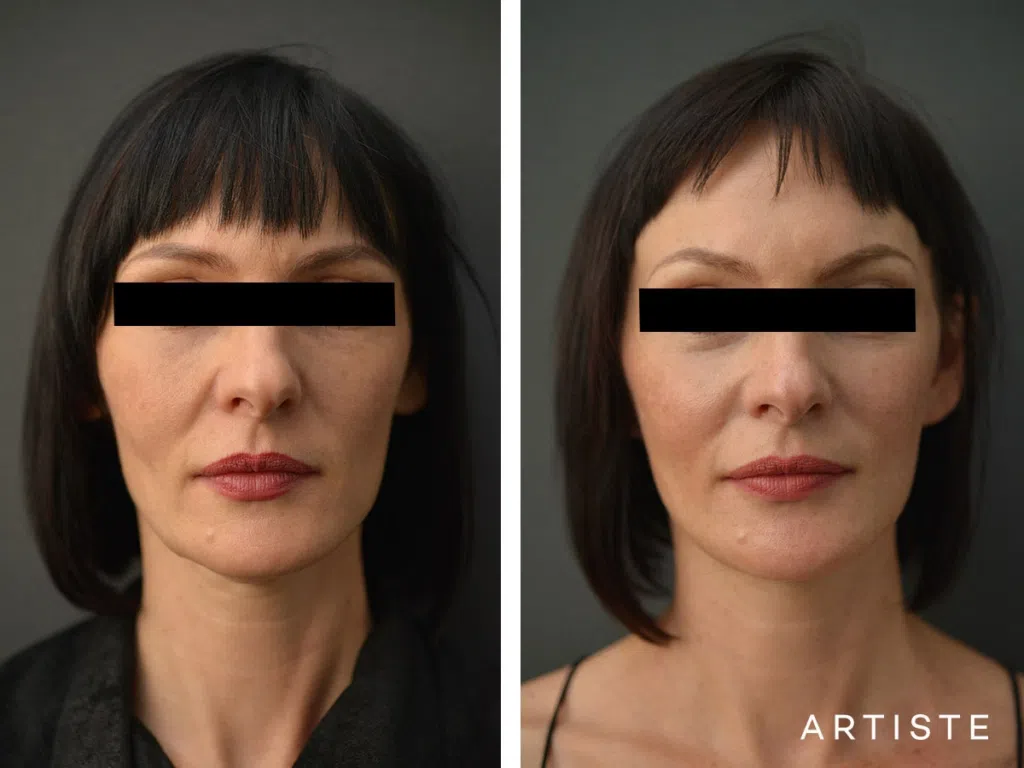
Disclaimer: Results vary and are illustrated as a guide only.
The Short Scar facelift, also known as the mini facelift, is a considerably less invasive alternative that involves smaller incisions, typically around the ears. It is best suited for younger patients with mild to moderate skin laxity who want a subtle refresh rather than a dramatic change.
Pros:
- Shorter recovery time (around 2 weeks)
- Minimal scarring, as incisions are placed discreetly
- Ideal for younger patients or those seeking a minor lift
Cons:
- Results are not as dramatic or long-lasting as traditional facelifts
- Does not address significant sagging in the neck or jawline
- May require additional treatments in the future
4. Ponytail Facelift
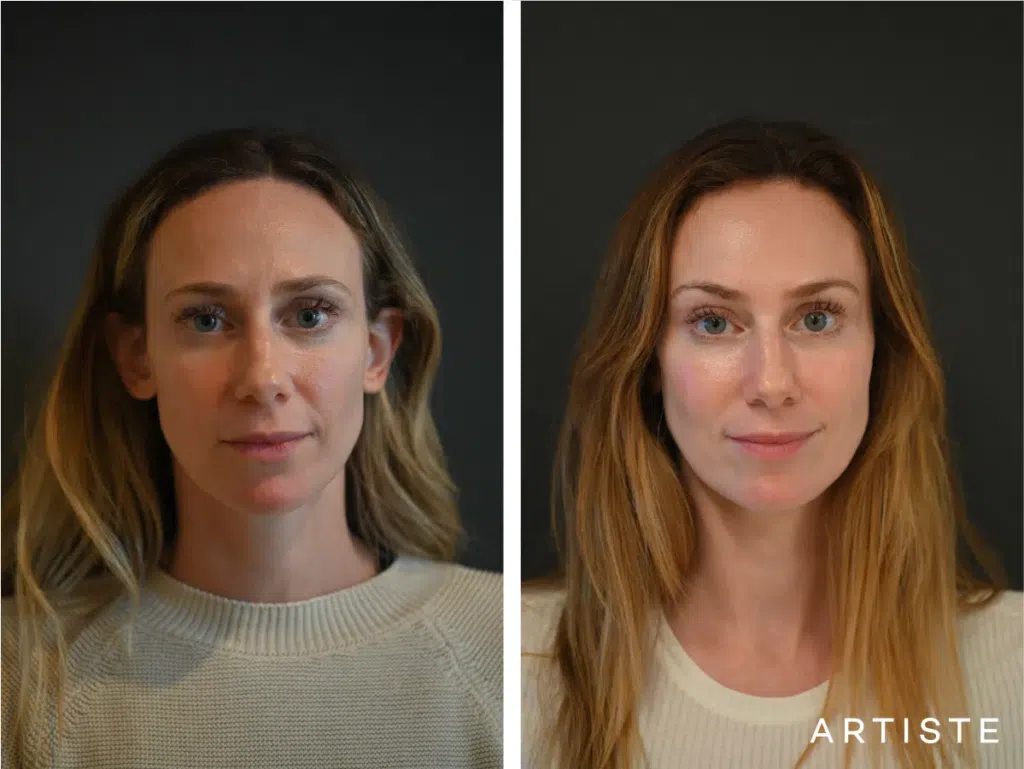
Disclaimer: Results vary and are illustrated as a guide only.
The Ponytail facelift is a facelift procedure designed to mimic the effect of pulling hair into a high ponytail, which lifts the eyes, brows, and upper face. It is often performed using endoscopic techniques, making it a popular choice for those who want a subtle lift.
Pros:
- Minimal downtime, with many patients resuming normal activities within days
- No visible scarring, as incisions are hidden in the hairline
- Ideal for younger patients or those with mild skin laxity
Cons:
- Limited to lifting the upper face only, not the lower face or neck
- Results are less dramatic compared to deep facelifts
- Effects may not be as long-lasting as other facelift options
Watch this video for expert insight about the pony tail facelift technique:
5. Thread Lift Facelift
The Thread Lift is a non-surgical procedure that uses dissolvable sutures to lift loose skin. This technique provides immediate results and stimulates collagen production, making it a popular choice for those who want a quick refresh without surgery.
Pros:
- Non-invasive with little to no downtime
- Immediate results that improve over time as collagen production increases
- Ideal for those looking for a subtle lift without surgery
Cons:
- Results are temporary, typically lasting 1–2 years
- Less effective for severe sagging or deep wrinkles
- Some risk of thread migration or asymmetry
Final Thoughts
Facelifts vary in technique, invasiveness and recovery time, so it’s important to choose the right option based on your goals. It is also essential to understand the potential risks and have realistic expectations towards the procedure. Obtaining a GP referral and undergoing BDD screening are required to determine your suitability for any cosmetic procedure.
If you want to learn more about different facelift options in Sydney, reach out to Artiste Plastic Surgery. Our Specialist Plastic Surgeon, Dr Jack Zoumaras, can assess your unique situation and recommend a facelift technique that suits your needs. Book a consultation today.
Disclaimer: At Artiste Plastic Surgery, our Plastic Surgeons led by Dr Jack Zoumaras have been trained to the highest possible degree. All surgery has risks and it is always advised to get a second opinion. Risks are very real and we cannot guarantee any result. Results are illustrated as a guide only. All risks are managed and any need for revision surgery or complications (1-5%) can be managed by our specialist plastic surgeons.
Any statements on how you will feel is based on Level V Evidence:
Level V: How you will feel after plastic surgery varies between individuals, depending on psychological and physical factors. Our internal research is based on how patients in our practice feel after surgery.
The blogs are not a substitute for a medical consultation and do not form as part of the doctor to patient relationship.
SHARE THIS ARTICLE
Jul01
Facelift Recovery Tips: What Speeds Up Healing and What to Avoid
Disclaimer: At Artiste Plastic Surgery, our Plastic Surgeons led by Dr Jack Zoumaras have been trained to the highest possible degree. All surgery has risks and it is always advised ...
Jul01
How to Prepare for Facelift Surgery: What to Do Before Your Big Day
Disclaimer: At Artiste Plastic Surgery, our Plastic Surgeons led by Dr Jack Zoumaras have been trained to the highest possible degree. All surgery has risks and it is always advised ...
ABOUT ARTISTE
Artiste Plastic Surgery is an Award Winning Specialist Plastic Surgery practice led by internationally trained Dr. Jack Zoumaras, Plastic Surgeon and Peer Reviewed Face Surgeon
Artiste offers the latest Cosmetic Surgical Procedures of the Face, Breast and Body, inspired from leading centres around the world.
STAY IN THE LOOP
Enter your email address below to receive updates on new articles and VIP access to promotions and special offers.
FOLLOW US ON INSTAGRAM
